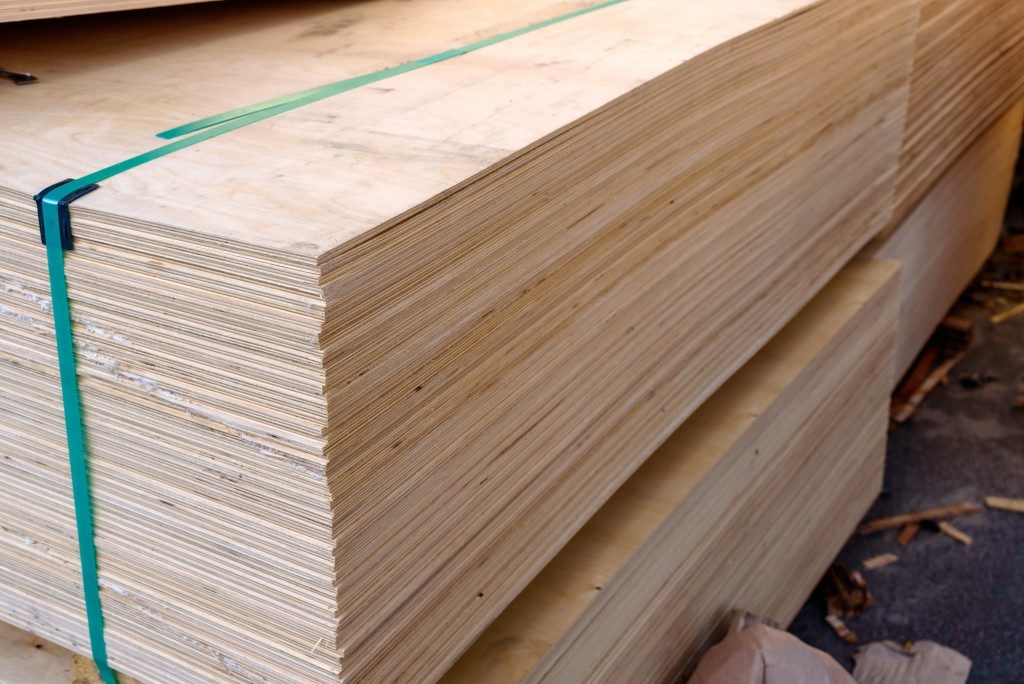Plywood is a commonly used material in making different wood products. Carpenters and designers like to use plywood for several reasons, including its durability, grain, large panels and resistance to warping. Different materials and manufacturing processes have led to multiple types of plywood products. The availability of raw materials also dictates what plywood is available in a given country.
The use of bamboo panels in NZ has been increasing, along with other types of plywood like hardwood, softwood, marine, and particleboard. Each has its own advantages and disadvantages. The use and purpose of the final product dictate what kind of plywood should be used.
Hardwood
There are different kinds of hardwood, and each of these trees has unique characteristics. But in general, hardwood plywood has three to seven plies, with the layers glued together at right angles. Hardwood trees are not necessarily harder than softwood, like balsa, which is a very soft hardwood tree. The term refers to the way the tree grows.
Hardwood is from dicot trees. These reproduce with the use of flowers and have broad leaves. Hardwood most commonly used in making plywood includes walnut, birch, maple and oak. This type of plywood is usually used for making furniture, musical instruments, sports equipment and packing cases.
Softwood
Softwood is not necessarily soft, an example of which is yew, which is harder than most hardwoods. Other examples of softwood include fir, redwood, cedar and pine.
Although this type implies softer wood, a lot of professionals and construction engineers use softwood for external sheathing like roof and wall, as well as for sub-flooring. Other uses of softwood plywood are for constructing sheds, flooring, doghouses and bookshelves.
Bamboo
Bamboo plywood is not a traditional material. Although bamboo is strong and resilient, bamboo plywood does not necessarily have these properties. It is still stronger than oak and maple. It is also resistant to termites, warping and moulds.
Designers love it because of its natural colour, especially how it approaches the colour of coffee. Due to its natural colour, the material is best used in creating furniture and cabinets. It is also commonly used for creating linings, bar tops and vanities.
Marine

Marine plywood is a special category, with strict adherence to standards. It is treated with exterior glue to make it water-resistant. It is made of Western Larch or Douglas Fir to qualify as marine plywood. It must not have any knotholes in any of the plies.
Water-resistant glue is also used between the plies. This enables the wood to be used for items that would be exposed to water or the rain. It is used for making planter boxes, benches, boats and gazebos. Artists also use marine plywood as their painting surface.
Particleboard
There are different types of particleboards based on the thickness of the plies and the quality of the materials used. Particleboards make use of scrap wood like sawdust and shavings glued together. They are inexpensive and less durable than plywood.
The use of glue as the binding agent makes particleboards heavier than plywood. They is more commonly used for manufacturing user-assembled furniture.
Different types of plywood are used to make different products. There are water-resistant plywood, as well as cheap materials like particleboards. These plywood have their own characteristics that make them fit for some specific uses.




